Honduras, which caught fire on the island, is expected to export 2% less coffee this year than in previous years.
Coffee sales are expected to decline
Honduras is expected to export about 5.7 million bags of 60kg coffee between 2021 and 2022, down 2 per cent from the previous season, an official at the Honduran Coffee Institute (IHCAFE) said on Friday.
Honduras is Central America's largest coffee exporter, with sales of 60 kilograms of bagged coffee worth $5877542.08 in the 2020-2021 coffee season, about 2.1 per cent higher than expected in the new season, which runs from Friday to September next year, according to preliminary data from IHCAFE.
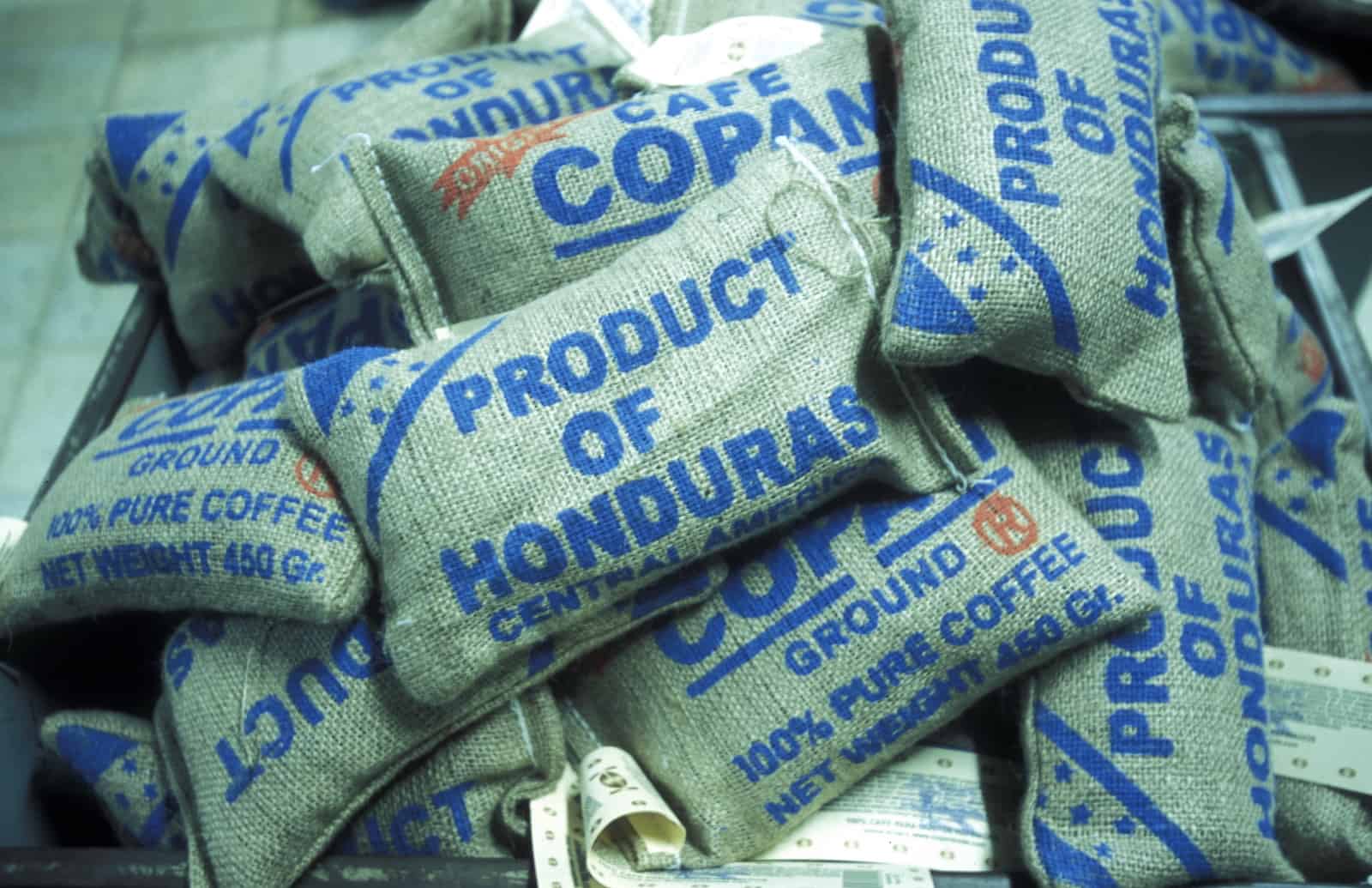
IHCAFE staff Napoleon Matute said in an interview that it is expected to export more than 7.5 million bags of 46 kg coffee beans (i.e. 5750000 bags of 60 kg coffee beans). Due to high humidity, coffee plants encounter difficulties in flowering, in addition to coffee leaf rust and active cyclone activity, coffee export forecasts are very conservative.
Due to the impact of coffee leaf rust on farms, the harvest in Honduras in 2020-2021 fell short of the initial estimate of 6281162.37 bags of 60 kg. Hurricanes Eta and Lota brought heavy rain to Honduras at the end of 2020, as well as destructive landslides, floods and other meteorological disasters.
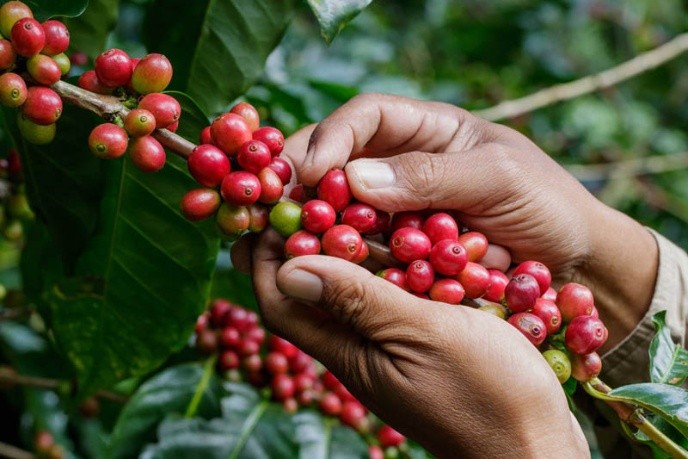
The staff member also said that rainy conditions aggravated harmful rust on the plantation and affected the growth of coffee crops.
Food shortage
Families in the arid corridors of Honduras and coffee-growing areas in the central and eastern regions of Honduras will continue to experience a food crisis (IPC III), according to a report published on the Rescue Network (ReliefWeb) on October 1st. The reason for this is that lower-than-average grain production, restrictions on household stocks and increased dependence on the market, and reduced demand for labour on coffee farms have led to lower incomes.
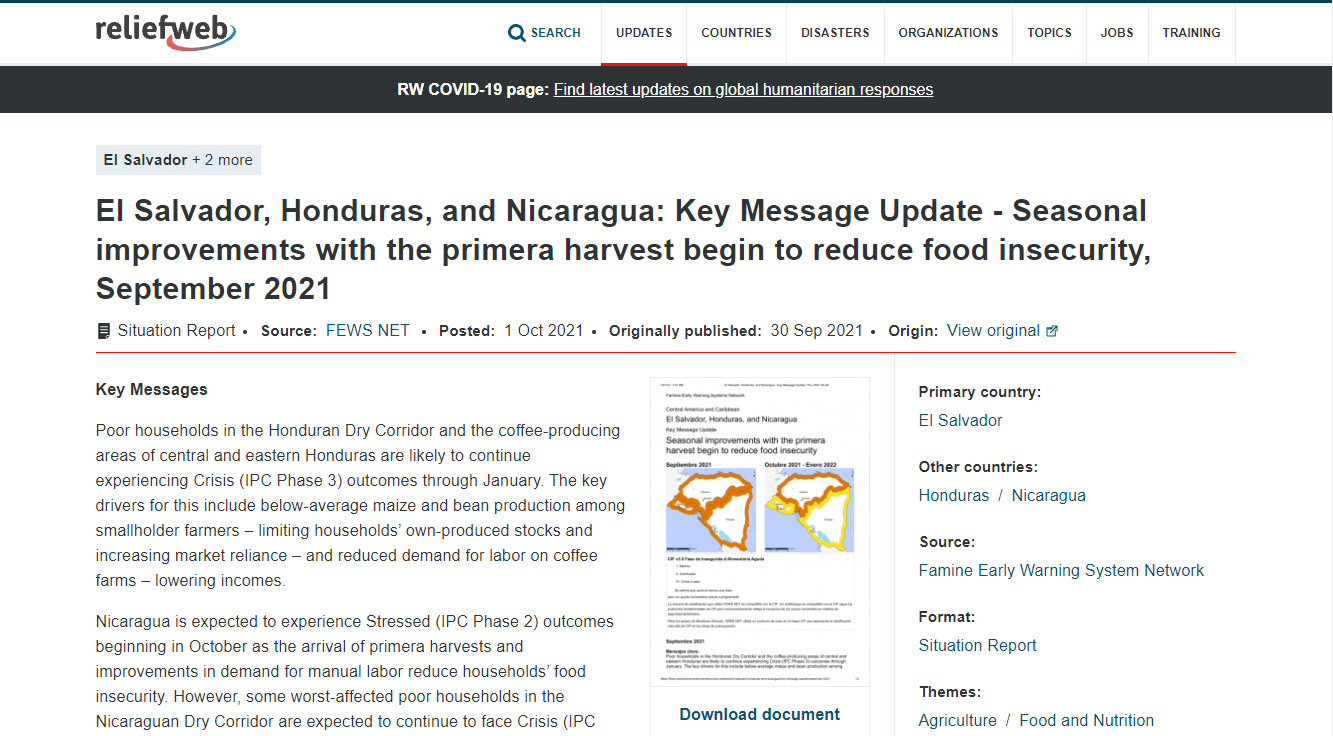
In some rural areas, the demand for manual labor will peak from October to February next year, and families who depend on it will be given the opportunity to increase their income. Due to the relaxation of restrictions on the COVID-19 epidemic and the improvement of the implementation plan, the demand for labor is expected to increase compared with last year.
Nevertheless, the labor required for coffee and sugar cane harvests in Honduras is expected to be lower than average because of the 2020 hurricane and unstable rains in the current season.
Population loss
According to a report marked by the Rescue Network (ReliefWeb) on September 25 as the International Federation of Red Cross and Red Crescent Societies (IFRC), the scale of northward migration of mixed migration from Honduras tends to maintain the status quo or even increase.
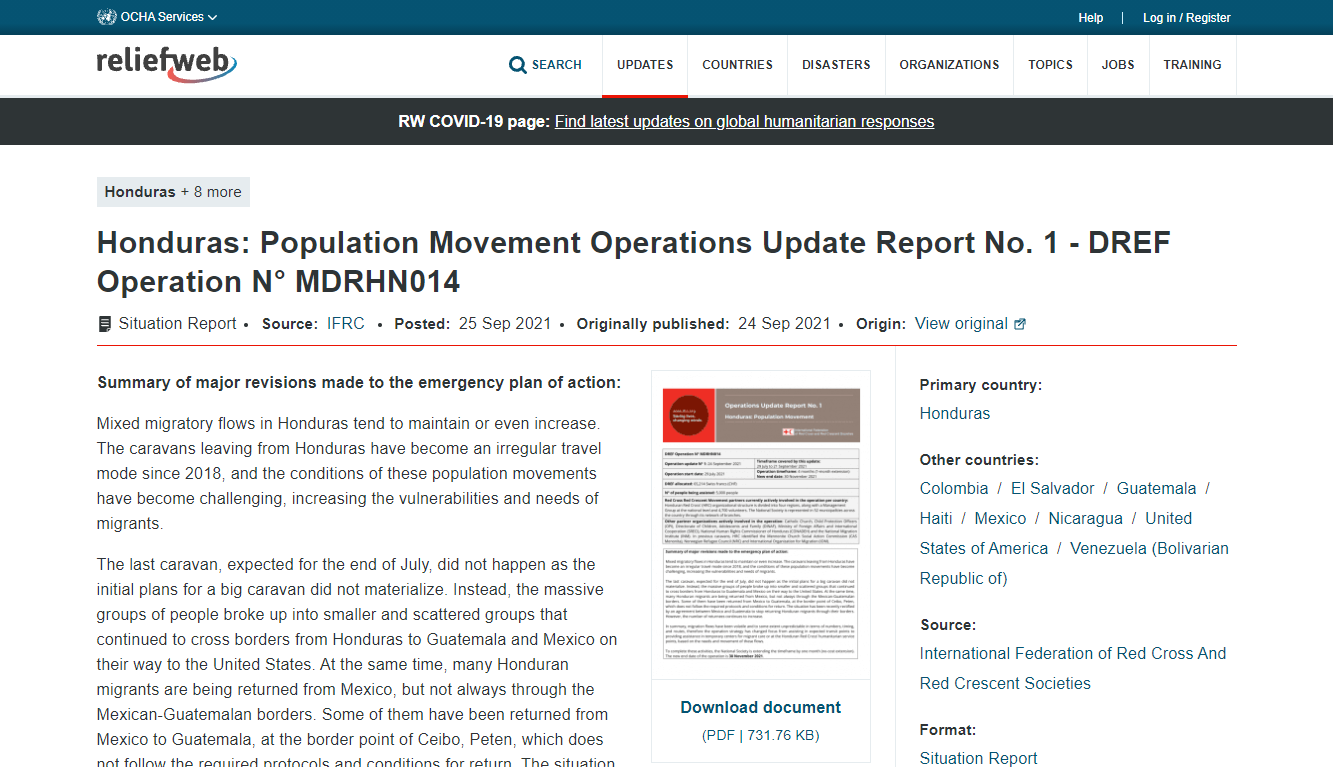
According to an article on NPR on May 10 this year, more than 200 families in Honduras seek asylum across the southern border of the United States every day.
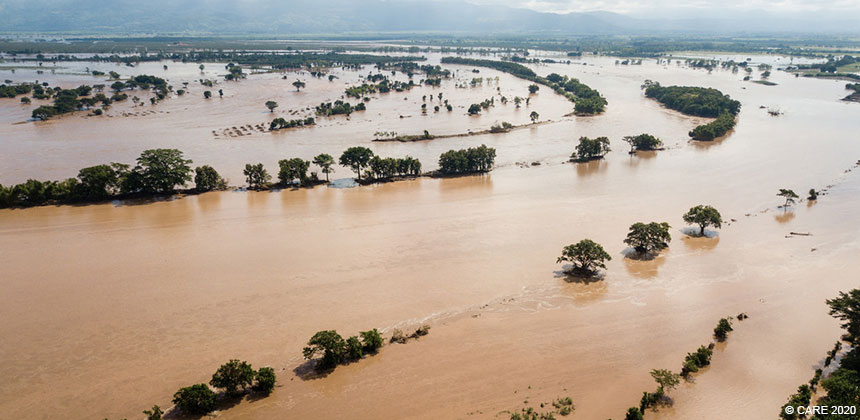
After droughts, floods and exploitation by lawbreakers, local farmers are unable to earn enough money to support their families. The lives of many Hondurans are on the verge of collapse, with 247000 internally displaced and as many as 2.5 million in need of emergency food aid; hurricanes Eta and Lota left many affected without shingles at the end of 2020, and continuous storm weather turned the Sura Valley into a huge lake.
For more information about coffee beans, please follow the coffee workshop (Wechat official account cafe_style)
For professional coffee knowledge exchange, please add Wechat account kaixinguoguo0925.
Important Notice :
前街咖啡 FrontStreet Coffee has moved to new addredd:
FrontStreet Coffee Address: 315,Donghua East Road,GuangZhou
Tel:020 38364473
- Prev

Can I brew black tea in cold water? The proportion of cold soaked black tea and the skill of soaking time
[tea selection] what kind of tea can be used to make cold tea? As for the choice of making cold-brewed tea, most teas can be soaked cold, with the exception of black tea, such as Pu'er ripe tea. Pu'er cooked tea has a dark or reddish brown color, warm and mellow taste, and is a post-fermented tea, which must be brewed in hot water before the taste of the tea will be released, so it is not suitable for cold brewing tea. [brewing time] Green tea
- Next
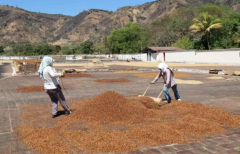
What is the semi-washing method? What is the relationship between semi-washing treatment and half-sun treatment.
In the previous article, we introduced water washing treatment and sun treatment, but what are half-sun treatment and half-washing treatment? What is the relationship between them? What is the effect on the flavor of coffee? In fact, half-sun treatment and semi-washing treatment actually mean the same treatment, because their treatment methods happen to have the process of sun treatment and water washing treatment.
Related
- Beginners will see the "Coffee pull flower" guide!
- What is the difference between ice blog purified milk and ordinary milk coffee?
- Why is the Philippines the largest producer of crops in Liberia?
- For coffee extraction, should the fine powder be retained?
- How does extracted espresso fill pressed powder? How much strength does it take to press the powder?
- How to make jasmine cold extract coffee? Is the jasmine + latte good?
- Will this little toy really make the coffee taste better? How does Lily Drip affect coffee extraction?
- Will the action of slapping the filter cup also affect coffee extraction?
- What's the difference between powder-to-water ratio and powder-to-liquid ratio?
- What is the Ethiopian local species? What does it have to do with Heirloom native species?

